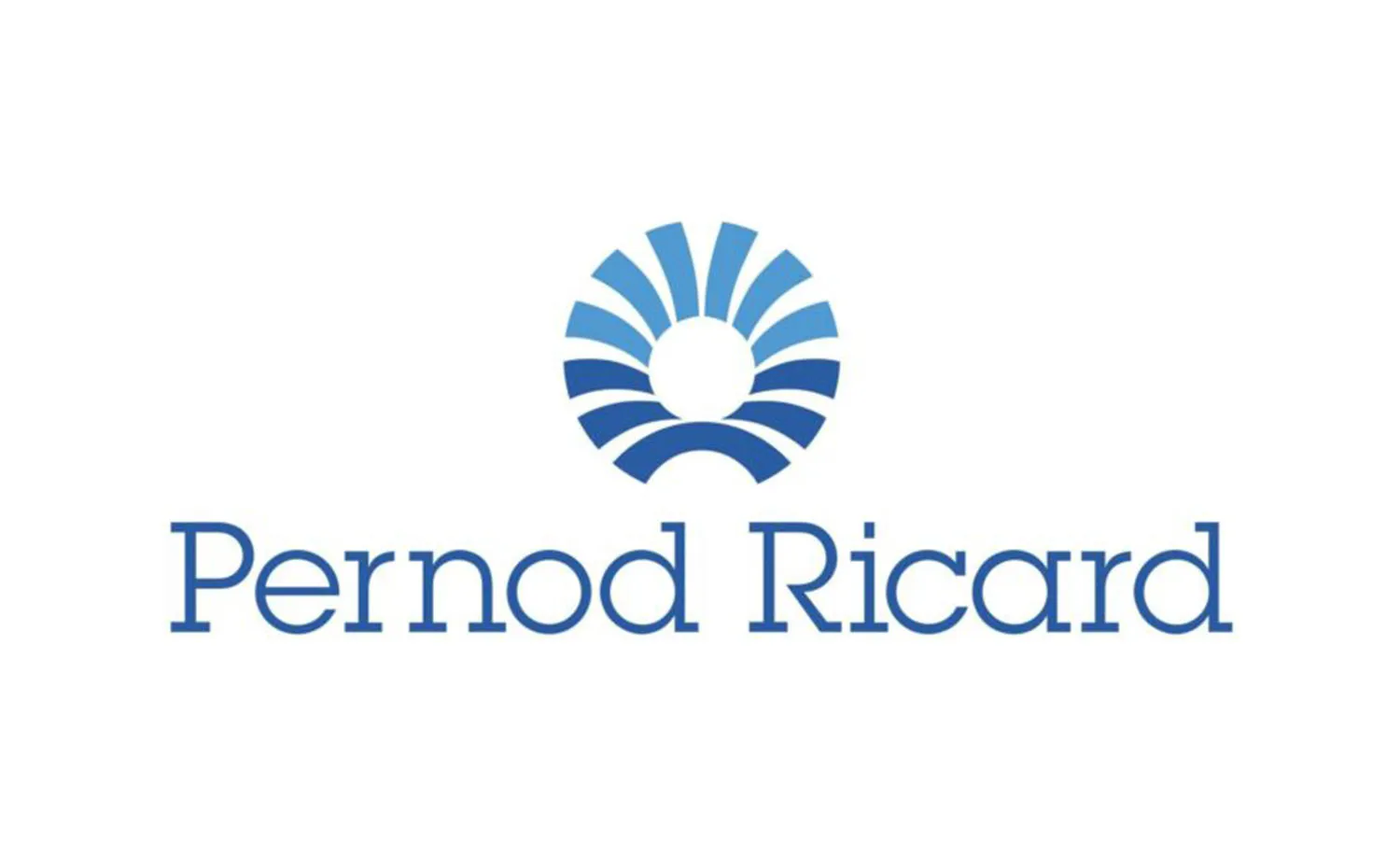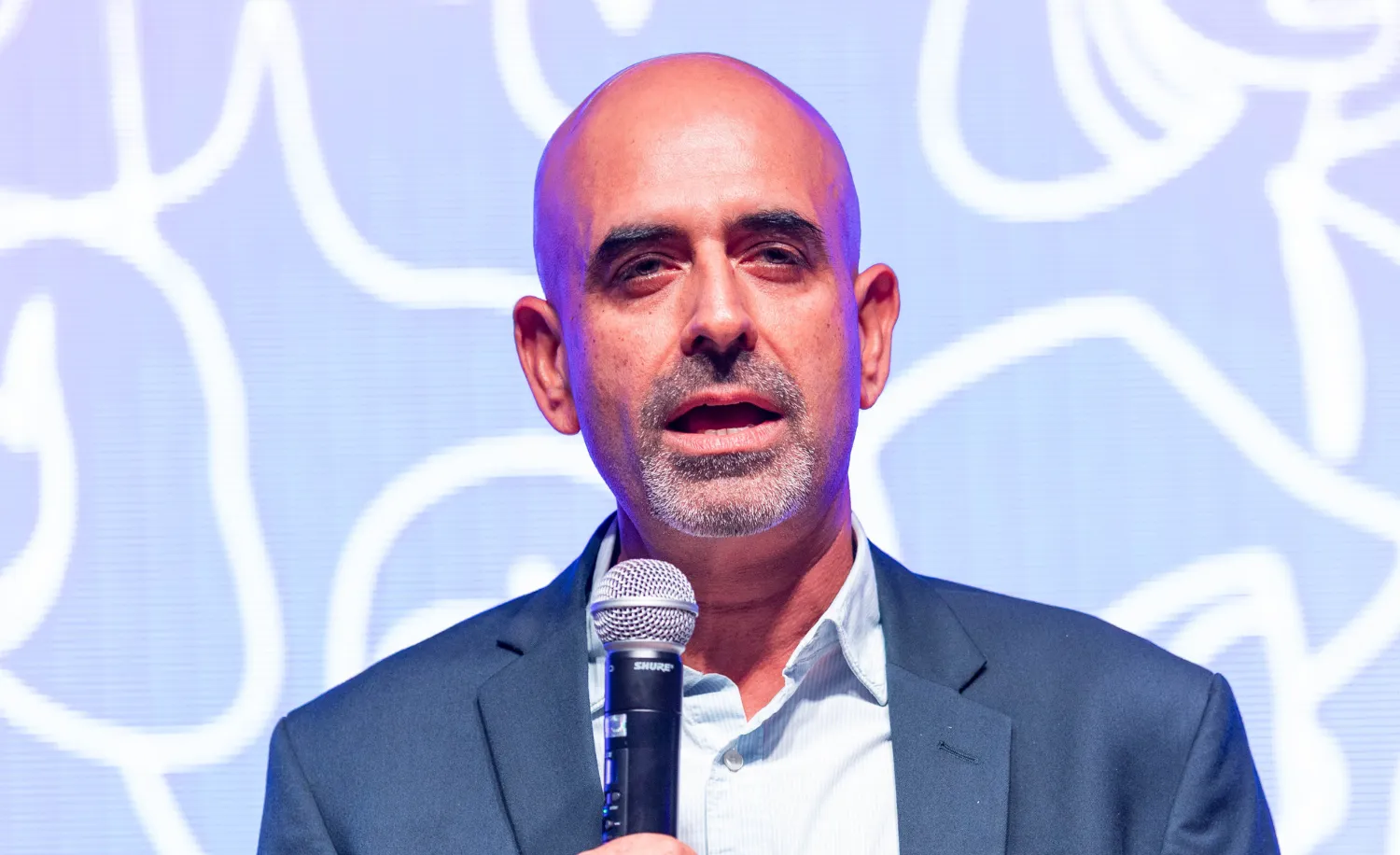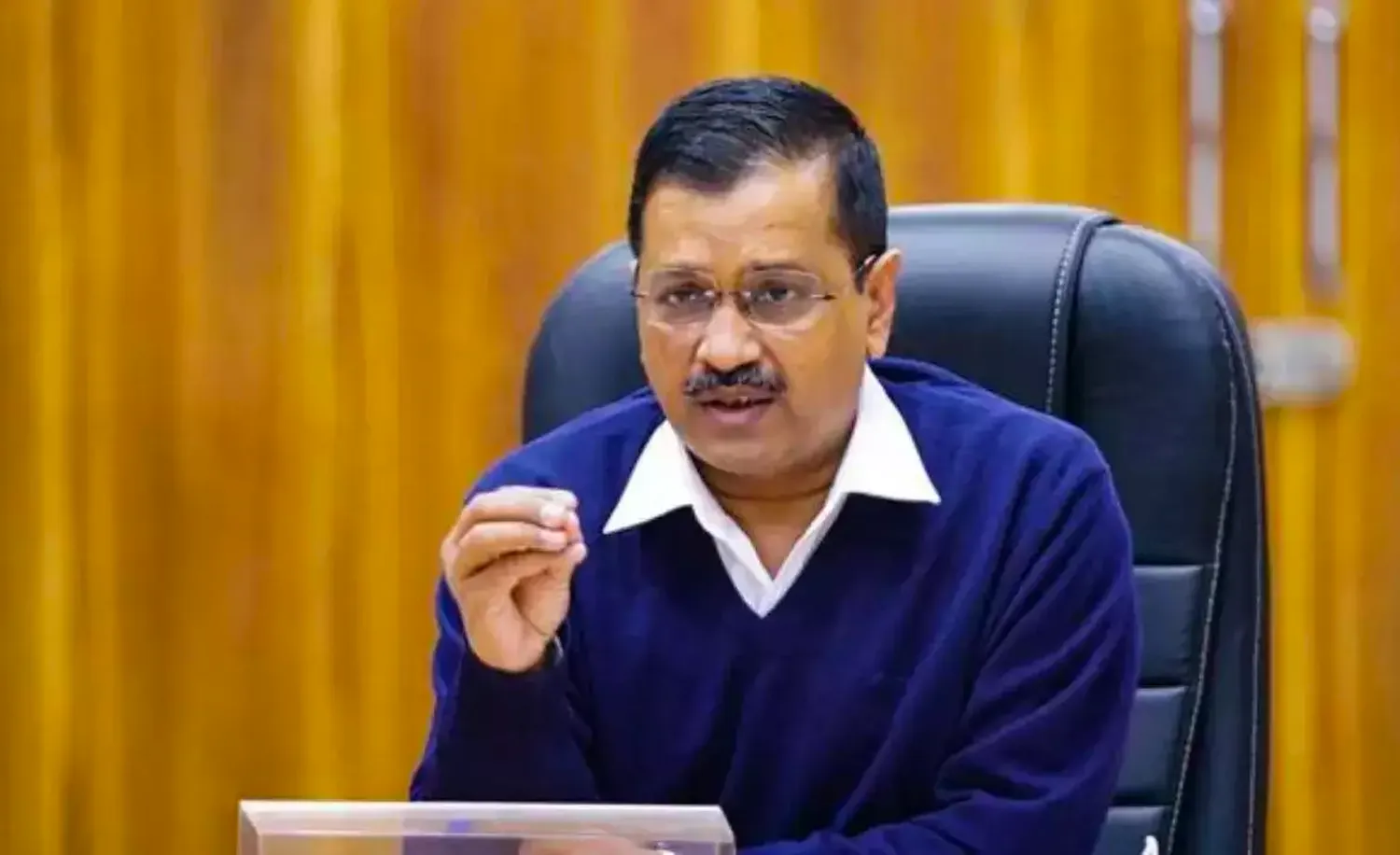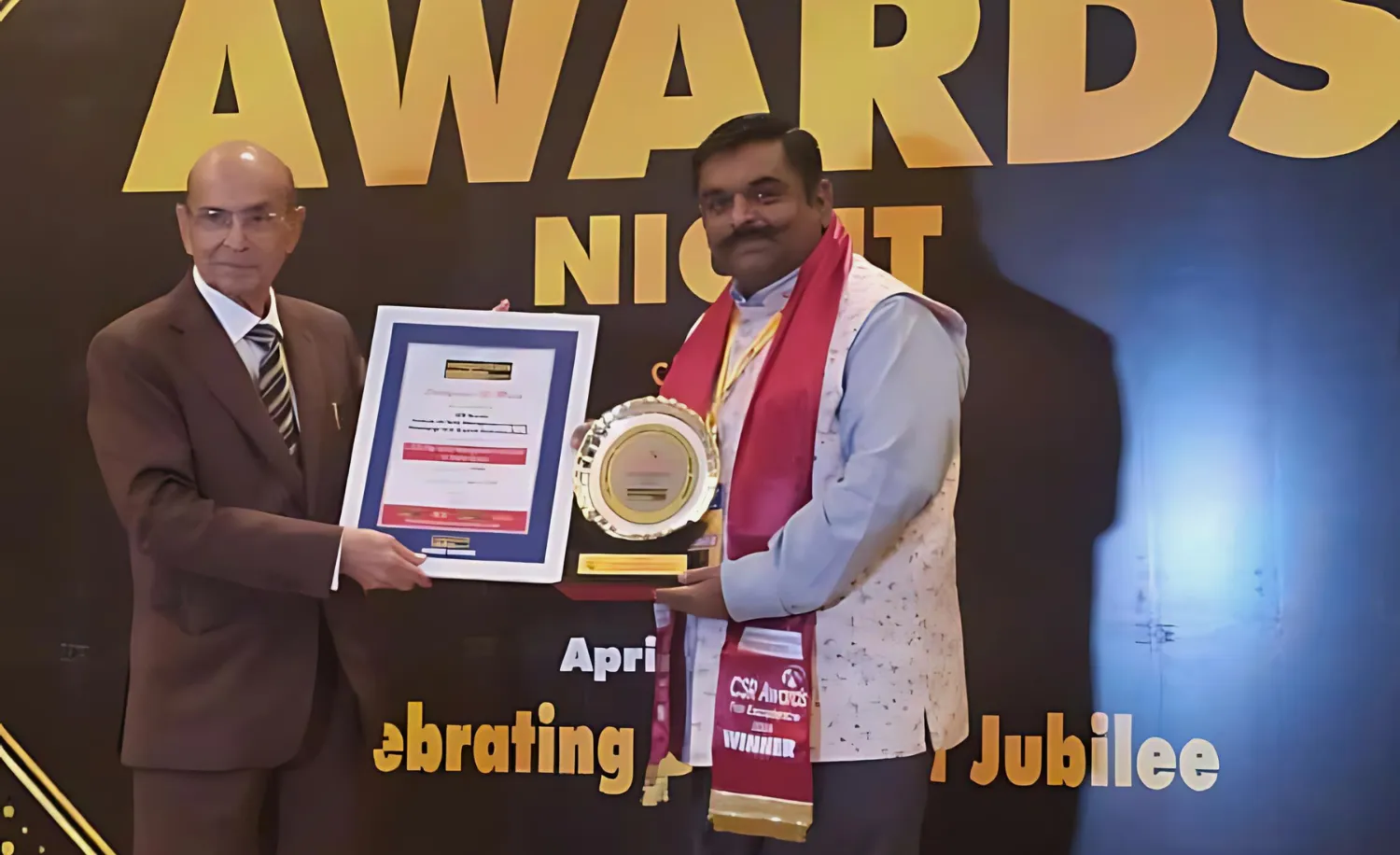New Zealand offer remarkable experience
Her Excellency Ms Joanna Kempkers, High Commissioner to India, Sri Lanka, Bangladesh, and Ambassador to Nepal, comes across as a very affable & friendly person, despite holding such a high office. As a busy diplomat, she is working hard to improve trade and tourism and ensure robust cultural exchanges between NZ & India. She told Bishan Kumar that she had planned some exciting public diplomacy initiatives this year to showcase New Zealand’s culture, food and drink.

Q. How do you view India as a market and what trade potential do you see between India and New Zealand in the field of alcoholic beverages, food products and tourism?
A. India is New Zealand’s 11th largest two-way trading partner, and there is great potential for our trade ties to grow. For tourism, India is a priority market and we have been witnessing strong growth. In the year ended October 2018, more than 68,000 Indians visited New Zealand, an increase of 17.2 per cent compared to the previous year. It’s a great way to boost people-to-people links between the two countries. New Zealand’s food and beverage exports to India are a relatively small portion of our exports portfolio, and largely comprise fresh produce such as kiwifruit, apple, avocado, different varieties of fish and mussels, lamb and wine. Wine is becoming increasingly popular in India. The Indian wine market registered a compound annual growth rate (CAGR) of over 25 per cent from 2011-12 to 2016-18.That, combined with a rise in disposable income among Indian consumers means there is a place for New Zealand wine in this market.
Q. Give our readers a broad picture of the wine regions of New Zealand, the country’s major wine brands and total wine production New Zealand, with its long growing season and cool maritime climate, is ideal for growing grapes, and produces distinctive, premium wines.

A. The key grape-growing areas are in the dry and sunny eastern regions of Gisborne, Hawke’s Bay and Marlborough. Auckland, Martinborough, Nelson, Waipara and Central Otago are some of the other wine-making regions.A number of New Zealand’s wine brands have established an international reputation, such as Villa Maria, Cloudy Bay, Brancott Estate (formerly Montana) and Oyster Bay, to name a few.
The New Zealand wine industry has achieved spectacular growth over the last 40 years. In the year ended 30 June 2018, the value of New Zealand’s wine exports grew, for the 23rd year in a row, by 2.5 per cent to reach NZ$1.7 billion (US$ 1.1 billion). We have 697 wineries and the total production in 2018 stood at 301.7 million litres. A total of 98 per cent of our vineyard area is certified sustainable. New Zealand vineyards are lucky: the country’s isolation and climate have protected them from most of the potentially devastating grape pests and diseases that occur in other wine producing countries.

Q. New Zealand makes some of the best and most popular wines in the world, ably led by Villa Maria and other wineries. How many brands are currently available in India and how has the growth of New Zealand’s wines here been so far?
A. About 15-20 brands of New Zealand wines are available in India currently, and they are positioned at the high-end of the market. Brands such as Villa Maria, Cloudy Bay and Babich are readily available in shops, in India. A larger range of New Zealand’s wines is available in hotels and some restaurants in India.
Q. Why is New Zealand strongly identified with its Sauvignon Blanc?
A. Sauvignon Blanc was commercially produced in New Zealand for the very first time in 1979, and is now the country’s most widely planted variety. Having earned some early successes, including in European competitions, New Zealand’s Sauvignon Blanc has established itself as among the finest in the world. In the year ended June 2016, Sauvignon Blanc comprised 85.6 per cent of New Zealand’s total wine exports. Its distinctive flavour, best described as pungently fruity, sets it apart from other varieties.But it comes down to the growing conditions in New Zealand which really suit the Sauvignon Blanc grape: plenty of sunshine, rain when you need it, and a temperate island climate.
Q. Throw some light on other grapes of New Zealand besides Sauvignon Blanc. What is your view on these and how do they fare on the popularity scale?
A. New Zealand has a range of mini-climates and soil types, which has resulted in diverse varieties of grapes being successfully grown, and not just for wine. The table grapes of my childhood were an explosion of juicy deliciousness when crushed against the roof of the mouth, and these ‘heritage’ table varieties are very much back in vogue. But for wine, our Pinot Noir and Chardonnay are climbing up the international popularity charts quite fast. Pinot Noir, which is very fruity, is the country’s second-most exported wine. Chardonnay thrives in all our major wine-growing regions, and what is interesting is that it takes on a style unique to where it is grown. For example, Gisborne produces softer Chardonnays with ripe peach, melon and pineapple flavours; Hawke’s Bay yields a more concentrated Chardonnay with peach and grapefruit flavours; while Marlborough’s zesty wines come with good acidity and strong white peach and citrus flavours. More often now New Zealand winemakers are choosing not to age their Chardonnay in oak barrels in order to allow these different fruit characteristics to come to the fore. Riesling, Pinot Gris, Gewurztraminer, Syrah and Bordeaux-style reds are some of the other varieties that are doing well, though on a smaller scale.

Q. New Zealand has a robust wine industry which attracts lots of tourists. But Indians do not make a big part of tourists of New Zealand. Give some tips for first-time visitors from India who want to experience the best of New Zealand wine country?
A. Visiting New Zealand wineries is a remarkable experience, one that can immerse visitors in the producers’ passion for their wine and respect for their land. With hundreds of tasting rooms, winery restaurants, vineyard accommodation, winery tours and experiences spread across 10 regions, there is something for everyone. The cellars are comfortable and approachable, and provide an environment for wine novices and aficionados alike to meet the friendly people behind New Zealand wines, often even the winemaker! With 10 wine-making regions around the country, there is no doubt that first-time visitors will find themselves passing by vineyards on their travels. Just be sure to have a designated driver to stay safe on the roads. There is a growing awareness of wine tourism in the country, and the New Zealand Wine website has a great ‘visit us’ resource, which shows visitors how to explore and interact during their visit.

Q. What initiatives are the Government of New Zealand in general and your embassy in particular taking to promote the country’s alco beverages, food and culture in India? Are some activities being planned in India in this regard?
A. Our public diplomacy initiatives aim to showcase our country’s culture, which includes dance, music, theatre, film and literature, and of course our food and drink. At events that we host we make sure there are some muchloved New Zealand products on the table, such as our wines, lamb, seafood, kiwifruit, apple and avocado. Last year, we hosted the extremely successful Pacific night, where guests got a glimpse of Kiwi culture through a dance troupe from Whakarewarewa: a living Maori village, and a taste of authentic New Zealand food cooked in a hangi (earth oven) that we put down in my back lawn. We have had Kiwi authors, artists, theatre groups participating in art and literature festivals and in various other events in India. We have some exciting events planned for 2019, which will open the window to New Zealand for Indians just a little bit more.
Q. India levies high duty on imported liquor, making them very expensive. Is this an impediment towards the greater penetration of New Zealand products in the Indian market?
India has high import tariffs of 150 per cent for alcoholic beverages. There is also a complex system of excise taxes and licensing requirements in India, which vary from state to state and add significant cost and complexity to wine distribution. As these costs make the export of wine from New Zealand an expensive proposition, importers from India for New Zealand wines pick the best markets based on potential volume.Availability is thus limited to key higher-priced markets like the metro cities, as opposed to an all-India presence. We would like to see these charges come down so that Indian consumers can experience a wide variety of wines from New Zealand that are much more affordable.

Q. Is something being done at the diplomatic level for the rationalisation of import duty on liquor in India?
A. Do you foresee any possibility of reduction in these duties, in the near future? Naturally we are advocating for better access and tariff arrangements for wine at both state and Union levels. Greater demand from consumers and lobbying by Indian industry would also help in this process.
Q. Are some efforts being made to increase tourist traffic from India and which tourist spots do you intend to promote?
A. India is a priority emerging market for Tourism New Zealand and one we are making significant efforts to grow. We conduct significant marketing, public relations and trade marketing activities in India in order to stimulate this growth. Indian travellers are among the most adventurous of our international visitors with popular bucket-list experiences like skydiving, jet boating and scenic flights. Indian travelers like to explore a number of regions on their holiday so we promote the whole of New Zealand in the market. Anyone planning a trip to New Zealand shouldn’t hesitate to put in their visa application (no need to have made a booking first), and ought to look out for some special offers from airlines that should be coming in February and March. Those months are great times to visit New Zealand, at the end of our summer.
Q. How has your experience in India been so far and what do you like most about India? The country is absolutely wonderful.
India’s warmth, hospitality and colours mean it is such a lively place. I have had the opportunity to travel quite a bit around the country and meet people, observing the diversity of landscape, language and culture on my journeys.Indian festivals in all their vibrancy are simply fascinating and I have enjoyed being a part of it while being here. Diwali, of course, is very much on the New Zealand calendar now, and is being celebrated with great enthusiasm back home. Speaking of celebration, how can I not mention the food! My sweet tooth has been well indulged here in India,with jalebis and gulab jamuns being my favourites.

Originally from Christchurch, Ms Joanna Kempkers is a graduate from the University of Canterbury with a Bachelor of Arts in Economics and Honours in French. She is a career diplomat, having been posted in France, Fiji and the Cook Islands. Earlier in her career she worked on New Zealand’s Closer Economic Relations with Australia before focusing on New Zealand’s political, trade and development relationships in the Pacific. Her most recent role in New Zealand was as Chief of Protocol at the Ministry of Foreign Affairs and Trade. She is married to Dr Tim Markwell. They have three children.








